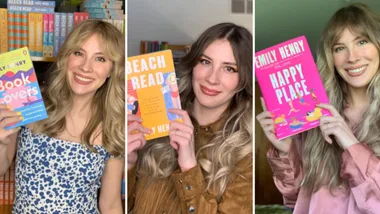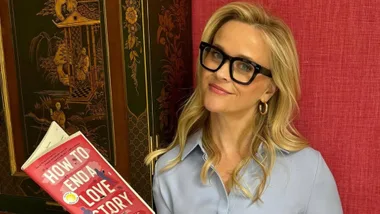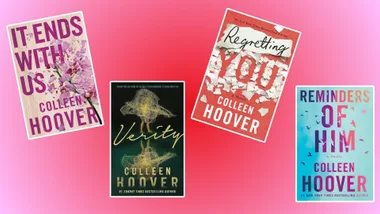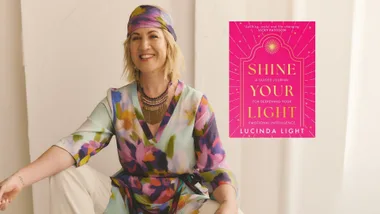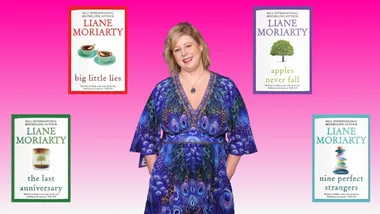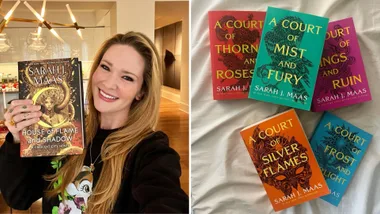Hollywood constantly takes inspiration from literature, be it just certain characters or subtle nods to novels or even the entire plot line. But as you know, not all film adaptions are made equal (here’s looking at you, every single Stephen King attempt… Except Shawshank Redemption, that was fire).
Some of the most popular movies were novels first and if some big Hollywood producer thought the book was good enough to turn into a movie, it’s good enough for you.
Fight Club – Chuck Palahniuk

Even Palahniuk himself applauded Fincher’s 1999 film adaption (and probably Brad Pitt’s abs, but that’s yet to be confirmed). Despite the simplistic name, Fight Club deals with emasculation, consumer culture, violence and anarchy and societal break down, it’s a close race between the book and film.
Gone With The Wind – Margaret Mitchell
Another Hollywood classic that’s superseded its novelistic origins. Just like the four hour long film, Mitchell’s novel is a big commitment – 1,037 pages to be precise. But you explore more than a decade of Scarlett O’Hara’s sass and it’ll burrow its way into your heart before you know it.
WATCH: Celebrities give their best Gone with the Wine impressions, with a notable difference to the original.
To Kill a Mockingbird – Harper Lee
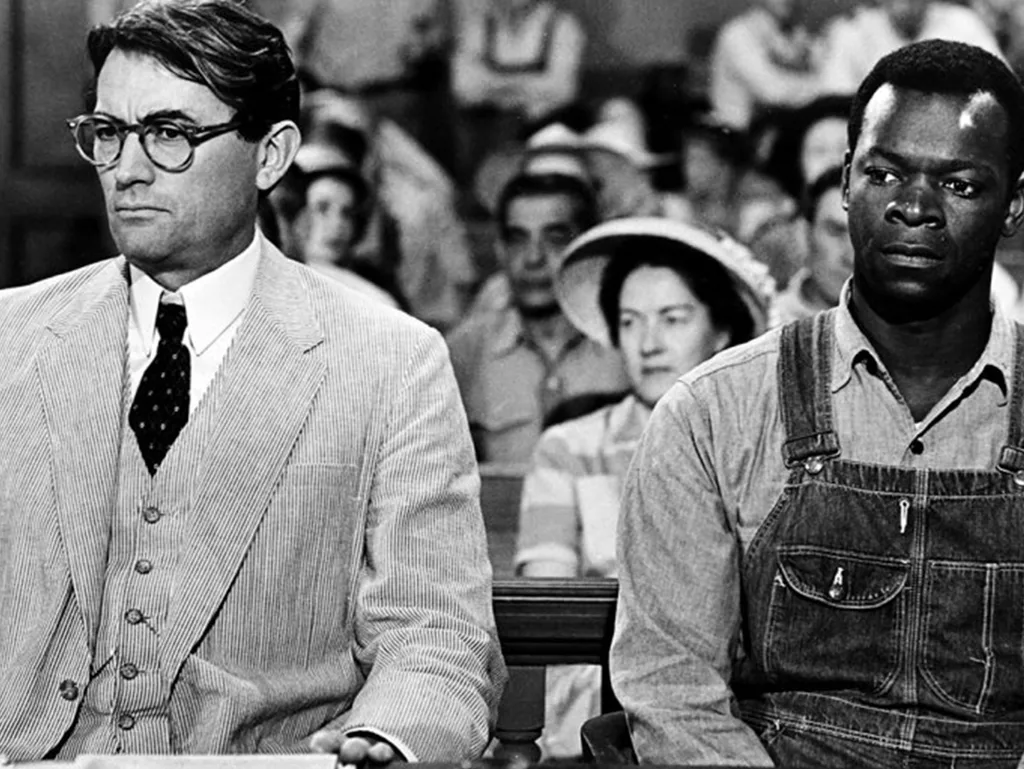
If you think Gregory Peck plays an enthralling Atticus Finch, you should read about him. The novel doesn’t shy away from racism, segregation and using tolerance and compassion in the face of hatred and violence. Just make sure you don’t read the sequel Go Set a Watchman, especially if you’ve named a pet or child after Atticus…
The Godfather – Mario Puzo
This juggernaut film is so famous, many don’t even realise it’s an adaption.
Puzo actually helped write the screenplay for Francis Coppola’s classic, so it stays pretty faithful to the book. The film ending is a lot bleaker than the novel, and there’s nothing better than a twist ending, so get reading.
The Silence of the Lambs – Thomas Harris
No doubt you’ve seen the haunting 1991 adaption; it did win the Big Five at the Oscars. But the horrific, confronting scenes are arguably executed more expertly in Harris’ novel.
Trainspotting – Irvine Welsh
Whether you like it or not, that disturbing baby scene from the film is etched in your brain forever and your mental health definitely suffered.
What about the book? If anything, it’s more intense and graphic.
Also, those Scottish accents you love so much in the film? Welsh actually wrote the whole book in that accent, so you can go sentences without seeing even one real word. It’s a challenge, but once you do it you can always brag about it at parties.
The Help – Kathryn Stockett
Firstly, if you didn’t cry in the film adaption, you have no heart and don’t deserve to read the novel. If you did though, you need to get reading ASAP. The film stays pretty true to the book but it’s a beautiful, easy read and it’ll have you weeping and smiling before you know it.
The Devil Wears Prada – Lauren Weisberger

How can you not read the novel that gifted us Meryl Streep as the iconic Miranda Priestly.
The book is definition “Chick Lit”, but given the stir it caused in the fashion world, including no Condé Nast publications reviewing or otherwise mentioning it, making the fact it’s based on Anna Wintour all the more obvious.
Les Misérables – Victor Hugo
Hugo’s Les Mis is iconic, spawning musicals and films a plenty. He openly criticises the French political and judicial systems while tugging at your heart strings and dazzling your senses. When you’ve finished, reward yourself by watching Hugh Jackman’s Jean Valjean on repeat.
Forrest Gump – Winston Groom

Groom actually ended up writing a sequel after complaining the filmmakers had mangled his story and refused to make a second film.
If there was only one reason to read the book, it would be to see the original version of that now famous “life is like a box of chocolates” line. Also, in the book, he goes to space with an ape, so…
Precious – Sapphire

A film about an overweight, black teenager, Precious is confronting, disturbing and at times overwhelming. The novel it’s based on is even more intense, and it was written 15 years before the film was created. The novel’s plot is actually inspired by one of her pupils.
“I wanted to show that this girl is locked out through literacy. She’s locked out by her physical appearance. She’s locked out by her class, and she’s locked out by her color,” says Sapphire. “I encountered this. I had a student who told me that she had had children by her father.”


